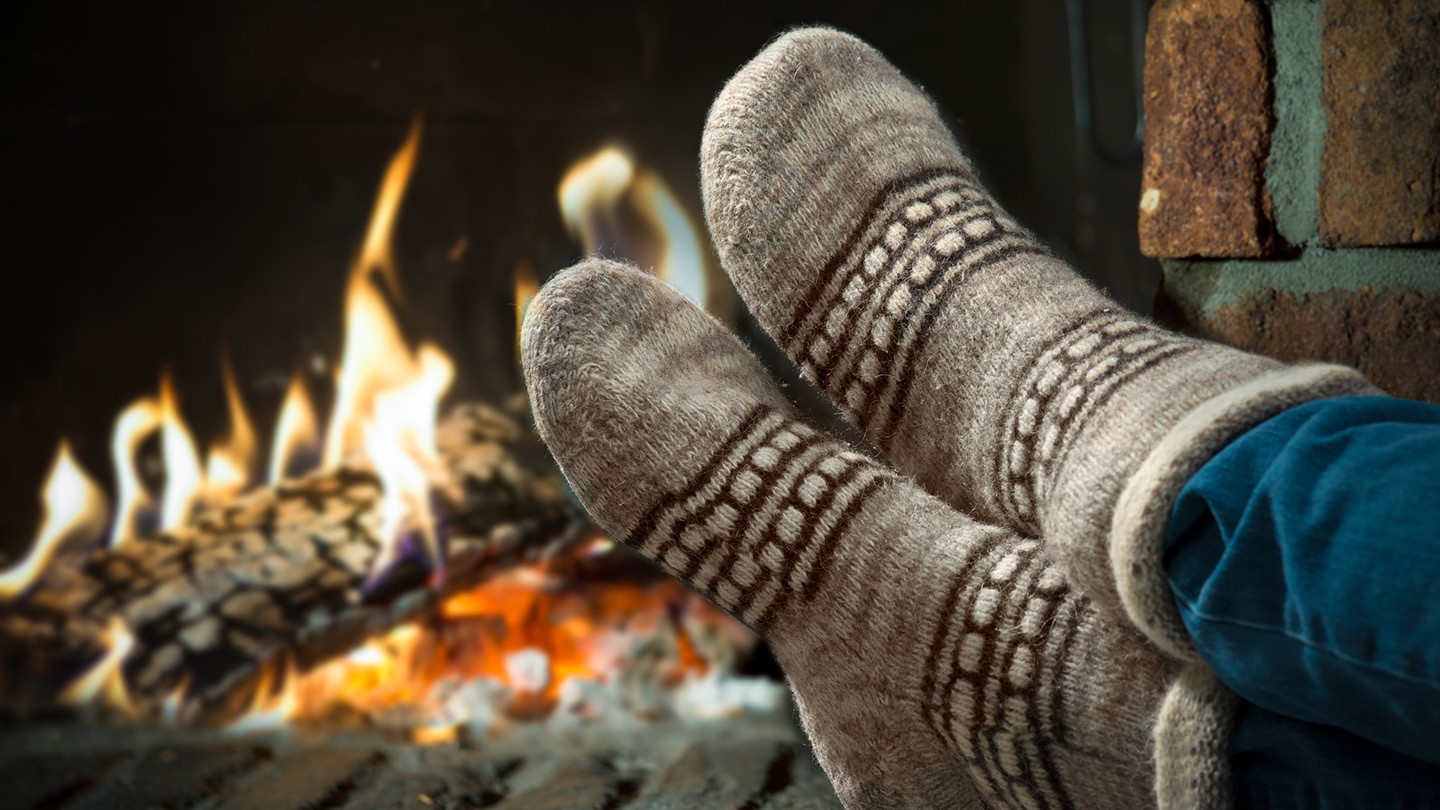The cooler winter weather gives many of us a much appreciated break from the stifling summer heat, but this is not the case for your HVAC system. Cold weather means our heaters are running a good percentage of the day and night to give us relief from the chill. You might have noticed that this has made your energy bills higher. Fortunately, there are several free ways to lower your electric bill this winter.
- BUNDLE UP
Do not shed that sweater as soon as you walk in the door. Instead, wear warm clothing inside and turn your thermostat down. Make use of blankets, hoodies, sweats and socks and you can save 5 percent on heating costs for every degree you drop your thermostat.
- FILL ALL GAPS
Ok, so this one isn’t free, but the cost is quite minimal. When you spend money heating your house, the last thing you want to do is to let that heat leak out. Warmed air seeping out around poorly sealed window frames, power sockets, recessed light fittings, and other gaps is a big source of heat loss in homes. Use caulk, foam strips or expanding foam to seal up unwanted holes in your home.
- SET AND FORGET YOUR THERMOSTATS
Although some people seem to struggle with the concept, thermostats are self-regulating devices that keep spaces at a constant temperature. If you have room thermostats, decide what temperature you want for each room, set them, and then leave them alone. They have one job, so let them do it. Fiddling with them will only cost you money.
- TURN DOWN YOUR WATER HEATER
When it comes to saving energy and reducing your household utility bills, lowering your water heater temperature can help. Most water heater manufacturers have the thermostat set at a default temperature of 140 degrees. A water temperature this high results in energy losses and poses a safety risk to vulnerable members of your household. With the exception of situations such as a dishwasher without an internal heater, households maintaining a water heater setting of 120 degrees are more efficient and safe than hotter settings.
- CLOSE YOUR CHIMNEY FLUE WHEN NOT IN USE
Leaving your chimney flue open when not in use is the same thing as opening your window several inches. You will allow a large quantity of warm air out of your house, and a large quantity of cold air in. You should also make sure your dryer vent closes properly as well.
- USE THE SUN’S ENERGY
When you think about saving energy at home, you probably think of things like turning down the thermostat, purchasing energy-efficient appliances, adding insulation, and upgrading your home. In fact, there are some simpler ways to save energy at home. One of these ways is opening and closing window blinds according to the time of day and the season.
On sunny winter days, sunlight allowed to shine through windows helps to heat the inside space. During cold nights, heat is lost through windows. Closing the blinds adds some insulation to the windows, reducing heat loss. Some blinds also reflect heat back into the room.
- SWITCH YOUR CEILING FAN’S SPIN DIRECTION
Most of us know that we can use our ceiling fan to cool a room in the summer. It does this by spinning (typically) counter-clockwise to push cool air downward. However, your fan may have a switch that allows you to spin in the opposite direction to pull air upwards, which pushes the warm air that naturally rises back down.
Final Thoughts
As cold weather approaches, it is important to take a few preventative measures to protect your home through the chilly months. Winterizing is generally a task that can be done relatively inexpensively, but will make a big difference in how comfortable your home is, and could end up saving you money on energy bills, too. In fact, many very effective home weatherproofing jobs are something that homeowners can complete without professional help.
If your system needs repair or inspection before winter, call us on 951-926-1002. You can also visit our Contact page and complete the contact form.

